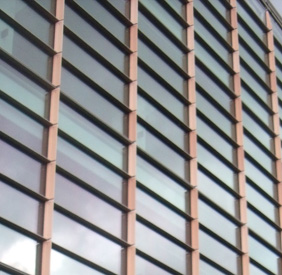Injuries at work are still a major issue in the workforce. In fact, statistics from the Health and Safety Executive (HSE) state that in 2013/2014, falls from height were the most common cause of fatalities, accounting for nearly three in 10 fatal injuries to workers, while slips and trips, were also a major cause of injuries to employees. Bradley Markham, director at Bull Products, a fire safety, signage and site safety product company, shares his priorities to safeguard workers.
Training
It’s so important for contractors to provide training for all staff so that they are aware of any potential hazards. Employees need to be aware and familiar with the risks involved, and be fully trained on how to use equipment safely. Remember, staff should always be properly supervised when training. With rules and regulations constantly changing, it’s important that all staff are up-to-date on current legislations.
Risk assessment
For every project, it is imperative to identify all the risks involved ahead of the work commencing. It’s highly recommended to carry out a full risk assessment and ensure everyone involved is aware of all the hazards. More importantly, these risks should be clearly marked. Some things that should be considered during the assessment include:
– layout and size of the workplace.
– type of work that will be carried out and how long the job will take.
– number of people and plant on the work site.
– conditions of work, ie. are there sloping surfaces, will it rain? Are there any electrical hazards or potential falling materials?
– How easy is it to access equipment from where the work will take place?
Invest in the right equipment and workwear
Slips, trips and falls have a combined estimated number of 1.5 million working days lost. 2 One of your priorities should be investing in the right equipment and workwear including harnesses, hard hats, fall arrest systems and responder stations.
In fact, studies on fall arrest systems have shown that they can prevent many deaths and injuries. Additionally they have a range of benefits including providing a cost-effective solution, easy installation, they are waterproof and have a long life span. Fire, First Aid and Spills Responder stations are also vital and ensure you have all the equipment you need at the touch of your fingertips in case of an emergency. They are also fully customisable to suit a customer’s needs.
Prevent unauthorised access
Whilst trying to protect your employees, it’s easy to forget about others who can cause additional problems and jeopardise the safety of your staff. Intruders on construction sites are still a major issue and can cause a number of problems including high costs and ruining a company’s reputation. Make sure there’s unauthorised access by using clear warning signs and installing alarm units. The Cygnus Wireless alarms with incorporated PIR motion detectors are an ideal alarm system to have on site as it picks up when an intruder passes a sensor causing the alarm to sound, sending an alert to users should an intrusion occur.
Keep track and plan
It’s advisable to plan for emergencies so set a procedure for evacuation and ensure all staff are aware of this. Don’t forget to keep a record of any hazards from start to finish – this will help monitor and control the hazards, and will also ensure a smoother process going forward.










